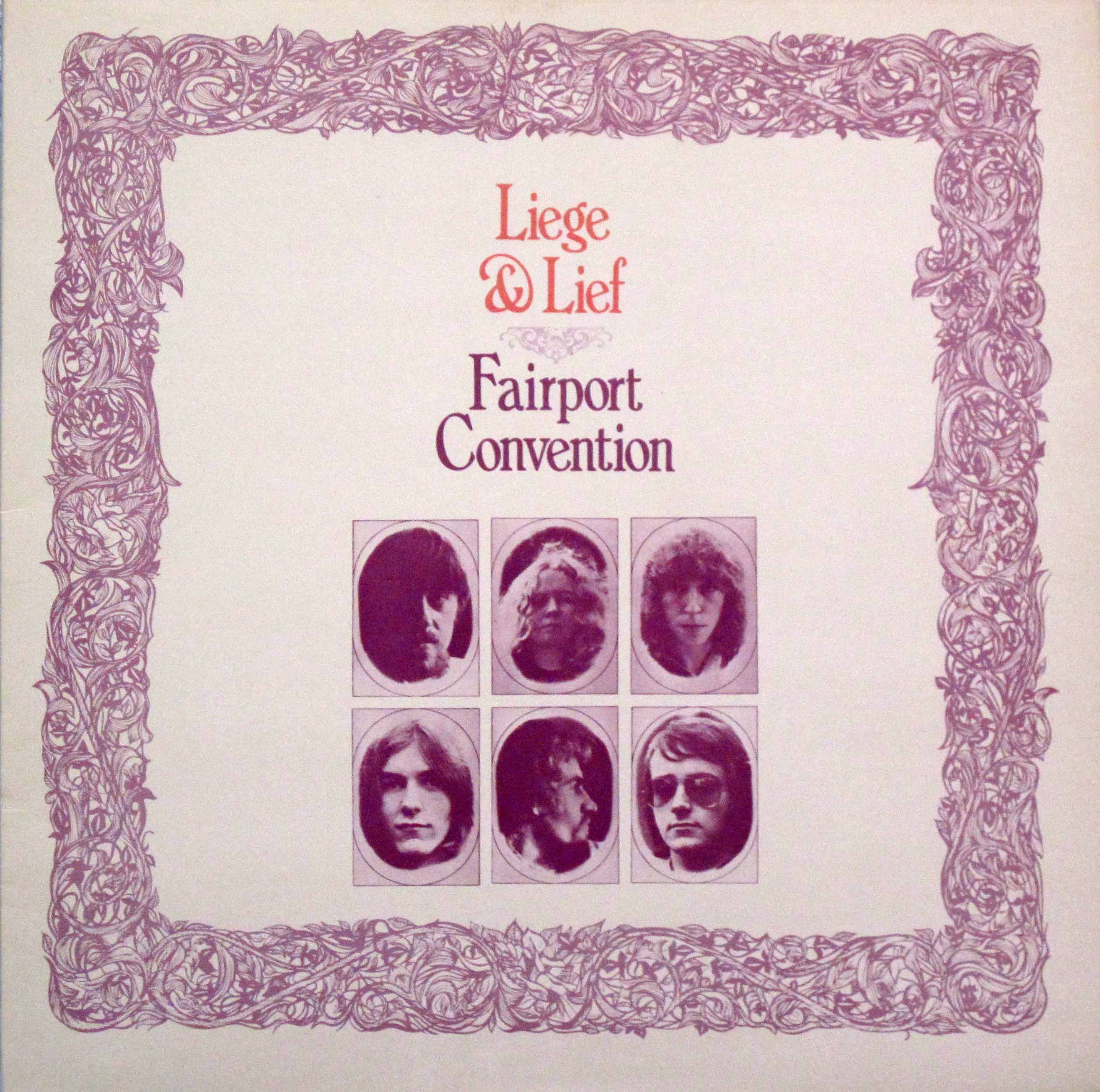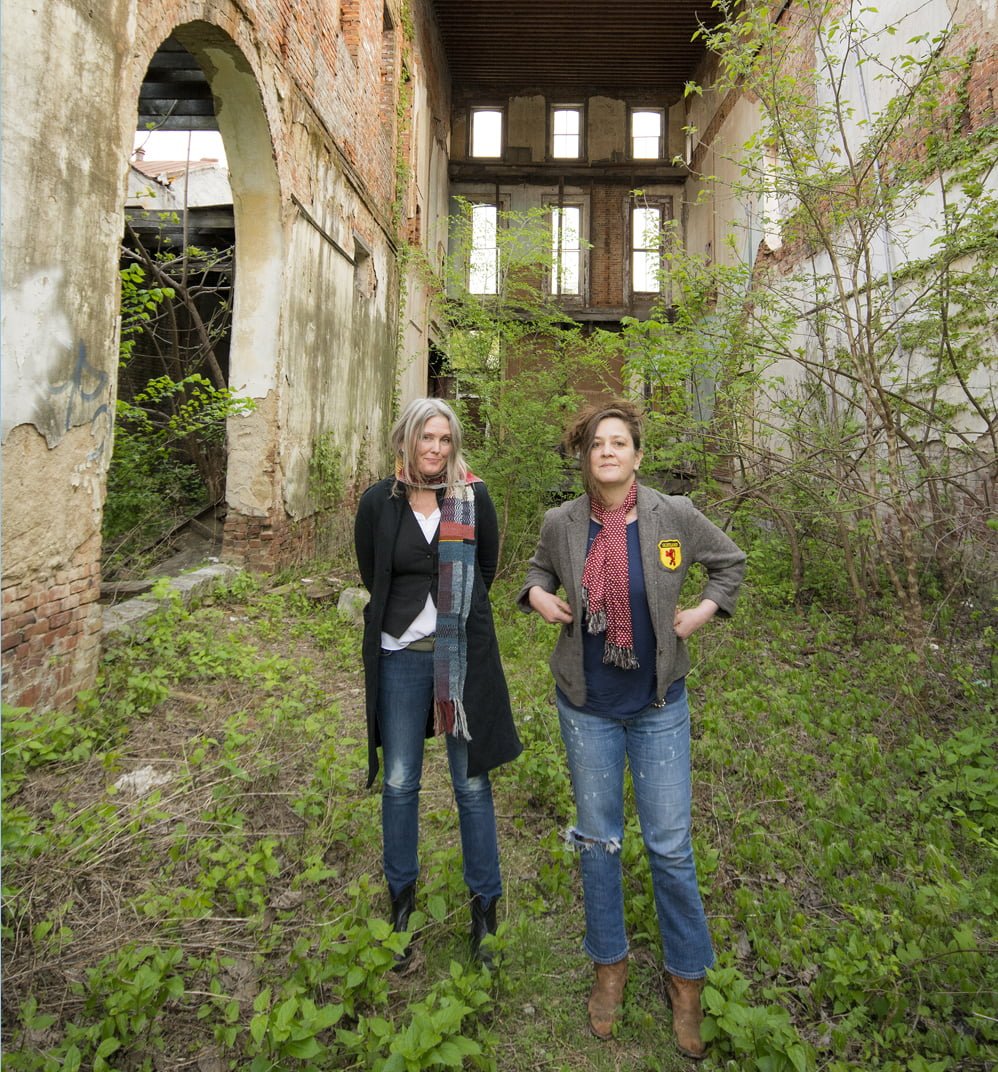It was inevitable: If Fairport Convention hadn’t added rock guitars and a rhythm section to centuries-old folk tunes about bedeviled knights and fairy queens, someone else would have invented English folk rock. Released in December 1969, Liege & Lief sounded like a culmination of a scene that had been in resurgence for most of the decade, spilling out of pubs and social halls to offer an alternative to the frivolity of rock and roll as well as a sense of national identity at a time when the idea of British-ness seemed to be changing, even diluting. As such, it was a scene that was extremely guarded about its many centuries of source material and extremely suspicious of any innovation, whether it’s Davy Graham adding raga filigrees to his folk instrumentals or the Pentangle pushing the form into jazzier territory.
Earlier in that fateful year, Fairport Convention had taken a small step toward English folk rock while recording their third album, Unhalfbricking. It’s a varied album, one made by a band only just realizing its power but not yet shedding its American aspirations. It includes three Dylan covers, including a French-language version of “If You Gotta Go, Go Now,” as well as a Cajun number and a stunner called “Who Knows Where the Time Goes?” penned by singer Sandy Denny. Side One ends with an eleven-minute track called “A Sailor’s Life,” adapted from a 19th-century broadside and recorded in one take by the band. As Rob Young writes in 2011’s definitive Electric Eden: Unearthing Britain’s Visionary Music, the song contains “a historic few minutes: the first recorded use of drumsticks and drum kit on a rendition of an English folk song.”
Fairport Convention almost died before the album was even in stores. In May 1969, during a trip back to London from a gig in Birmingham, the band’s tour bus flipped down a ravine, killing drummer Martin Lamble and Jeannie Franklyn, girlfriend of guitarist Richard Thompson. Bass player Ashley Hutchings was thrown from the vehicle and spent a month in the hospital. Guitarist Simon Nicol was nearly crushed by their gear. Thompson suffered broken ribs. How does a band continue after such a tragedy? How do you make musicians when you’ve seen your instruments and your bandmates scattered across the highway?
What should have been the happiest moment of their career—the release of Unhalfbricking, their first charting album—was instead a time of misery and uncertainty, as Fairport Convention nearly went their separate ways. Instead, they retreated to the Hampshire on England’s remote southern shore, where their producer and friend Joe Boyd rented a crumbling manor called Farley House. There they grieved and recovered, played football in the yard, busked at the local cathedral to pay the milk bill, and rehearsed for hours and hours every day.
Given the trauma they had endured, it’s remarkable that Fairport Convention knew exactly what they wanted to do musically. Where once they wanted to be in Britain what the Byrds and the Band were in America, they wanted to build off the experiment of “A Sailor’s Life” and explore the intersections between rock and folk. More generally, they wanted to see what England’s past might have to say to its present and what its present might have to say to its past. Finally released from the hospital, Hutchings threw himself into the project, spending hours at the Cecil Sharp House in London, the famous repository of all things British folk. There he pored over handwritten journals, songbooks, cylinders, records, and documents to uncover songs like the magical-realist Scots ballad “Tam Lin” and the grisly murder ballad “Matty Groves.”
Pounding out the arrangements at Farley House, the band added a few originals, including Denny’s opener “Come All Ye,” which plays as a statement of renewed vigor and purpose. It’s a rousing number, loose and gangly and inviting, with Denny calling out each of the instruments and explaining their roles in this new music. Everyone joins in on the chorus, gregariously inviting the listener to join them on this journey: “Come all ye rolling minstrels and together we will try to rouse the spirit of the earth and move the rolling sky.” The song heralds something different and radical in the music: a new way to play old songs. It’s the drumsticks and drum kit, of course, but something else.
Replacing the sadly departed Martin Lamble in Fairport Convention was Dave Mattacks, whose biggest gig till then had been an Irish dance band. He plays for movement, emphasizing the bounce in his rhythms, making it less about how the stick hits the drum but what happens immediately after: the upswing of the stick, that sense of jubilant motion. He peppers his bright, buoyant beats with unexpected fills and rolls, pushing “Matty Groves” and “Tam Lin” along at a crisp clip. The innovation isn’t simply the introduction of rock drums into a folk context; instead, he’s thinking about how the instrument fits in this new setting, how it interacts with the other instruments, how he can mimics the jigs and reels of Thompson’s guitar and Dave Swarbrick’s fiddle. Somehow on Liege & Lief he makes his drum kit sound like a folk instrument.
And that’s an important aspect of this album’s enduring appeal. These songs are excitedly and boldly conceived, but they’re also beautifully executed: loose, casual, seemingly unrehearsed, messy in places but all the livelier and more spontaneous for it. All are deft and distinctive musicians: Denny a commanding and expressive singer, Hutching a bass player who emphasizes rhythm and melody equally, Thompson already a guitar hero on par with the overblown blues soloists of the era. There is between them a sense of elated and grateful collaboration, a sense of relief that the others are still there to play these songs together.
Ironic for a band that had survived such a tragedy, their greatest success marked a kind of breakup for Fairport Convention. Denny, featuring she would enjoy fewer opportunities to write new songs for the band, left the group for a too-brief solo career, dying in 1978 at the age of 31. Hutchings exited for the opposite reason: He felt Fairport would not continue to explore folk music as deeply and as persistently as he wanted, so he left to form Steeleye Span (whose 1970 debut Hark! The Village Wait picks up where Liege & Lief left off). Fairport soldiered on throughout the 1970s, shedding and absorbing new members, but the Farley House crew is considered the classic lineup.
Liege & Lief casts a long shadow over the band, however. They never quite topped it in terms of popularity or influence, perhaps because the questions they raise on these songs sounded so new and bold in 1969: How should we treat the past? How does it define us as citizens and as a collective? One of the joys of folk music is how it allows every generation to imprint itself on the music, which means that Fairport Convention might have been looking to the past but they were commenting on the present. The album may seem removed from the pop music of the era, from the end of the Beatles to the beginning of Zeppelin, from the ascension of the Stones to the first notes of heavy metal and prog, from hippies and rebels.
But they are very much a band of their moment. They transform “The Deserter” into a powerful anti-war anthem, and it doesn’t matter that the “Queen” in the lyrics is Victoria instead of Elizabeth. “Matty Groves” is a tale of sexual treachery, about a woman who rejects her husband’s riches to bed a younger, poorer man, but as Denny sings it, the song’s sexual politics are surprisingly progressive. The woman becomes a hero and a sexual martyr, her jealous husband a brutish villain: the establishment, a square, the Man.
Fairport Convention approached folk music from a distinctive generational vantage point, one with new technology, new pop culture, new attitudes toward England. Liege & Lief marks a very specific point in the history of folk music; it sounds deeply rooted in the late 1960s, yet it serves as an evergreen reminder that we are never beholden to history. Rather, the past is the raw material from which we fashion our future.






